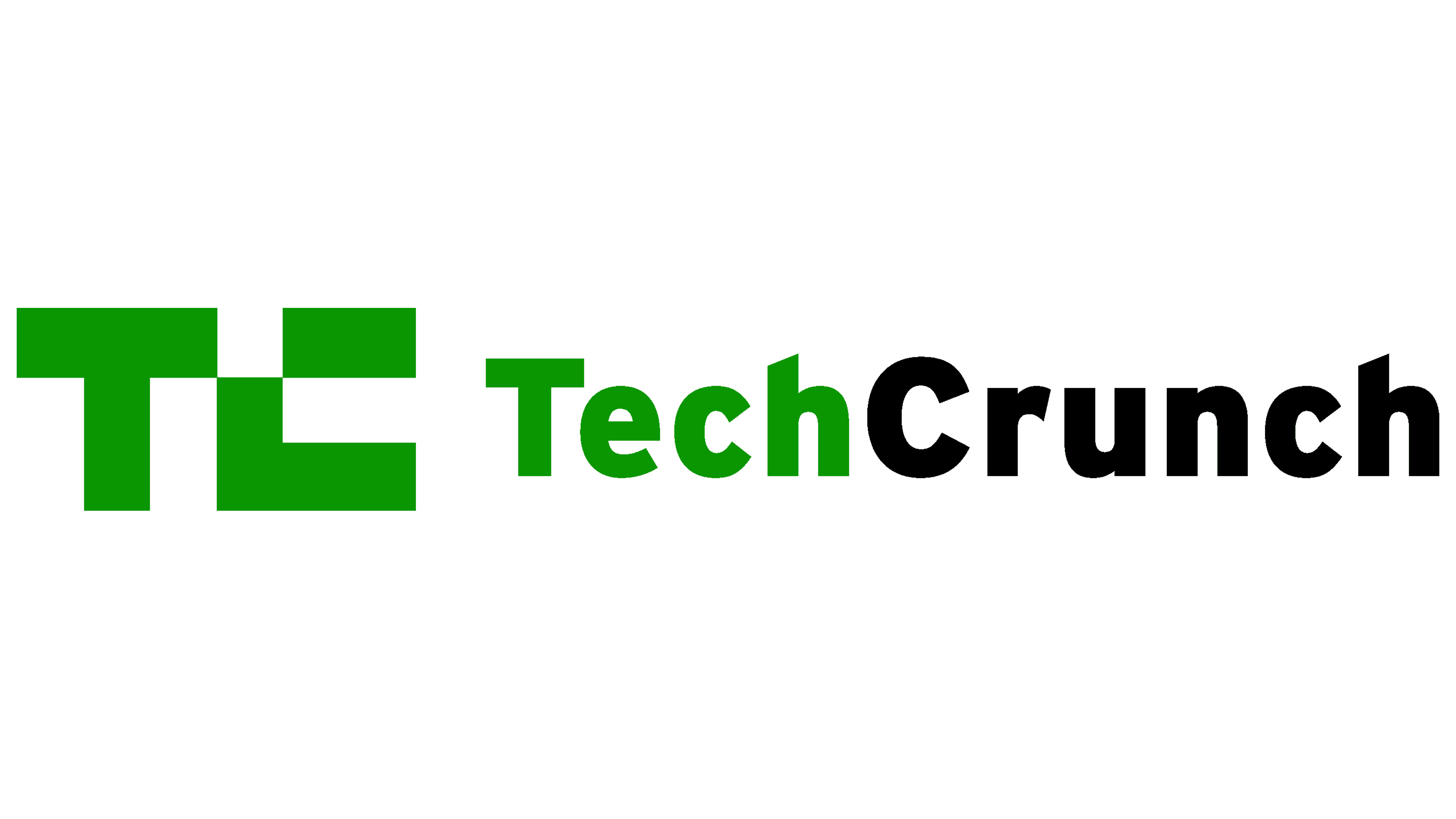ARTICLE AD
Figure AI founder and CEO Brett Adcock announced Tuesday that the humanoid robotics firm is exiting a deal with OpenAI. The Bay Area-based robotics company has instead opted to focus on in-house AI, owing to a “major breakthrough.” Adcock was tightlipped in terms of specifics, but he promised to deliver “something no one has ever seen on a humanoid” in the next 30 days.
OpenAI has been a longtime investor in Figure. The pair announced a deal last year that aimed to “develop next generation AI models for humanoid robots.” At the same time, Figure announced a $675 million raise, valuing the company at $2.6 billion. Figure has so far raised a total of $1.5 billion.
The news is a surprise, in part, given the cultural zeitgeist OpenAI has built by mainstreaming generative AI. Mere association with the company comes with a rapid profile boost. In August, the two companies announced that the Figure 02 humanoid would use OpenAI models for natural language communication.
The issue with the collaboration, according to Adcock, is integration. OpenAI is a huge company with a massive breadth — and the intelligence models to match. Embodied AI, which brings artificial intelligence to physical objects such as robots, isn’t the ChatGPT maker’s primary focus. Instead, the executive suggests, the proper solution is building an end-to-end AI model focused on powering specific hardware.
“We found that to solve embodied AI at scale in the real world, you have to vertically integrate robot AI,” Adcock tells TechCrunch. “We can’t outsource AI for the same reason we can’t outsource our hardware.”
OpenAI has notably hedged its bets in the humanoid space. The firm was also a major backer of 1X. While the majority of humanoid firms are focused on warehouses and factories, the Norwegian startup has shifted much of its own focus on the home. On a trip to Figure’s Sunnyvale office last September, Adcock told TechCrunch that the company is also exploring the use of its systems in a home setting.
That, however, is not the priority for Figure. After all, automakers have deeper pockets than individuals when it comes to exploring new technology. BMW announced last year that it had begun deploying Figure robots at a South Carolina factory.
OpenAI may also be exploring its own humanoid hardware. On Friday, the company filed a trademark application with the U.S. Patent and Trademark Office (USPTO) involving humanoids. The text references both “user-programmable humanoid robots” and “humanoid robots having communication and learning functions for assisting and entertaining people.”
While intriguing, however, IP filings are not a guarantee of future products. Even so, it’s difficult to ignore these two pieces of news arriving in under a week. Figure’s massive funding rounds, meanwhile, have allowed it to quickly expand both its hardware and software teams. The company recently moved into a larger Bay Area office to accommodate its rapidly growing staff.
When it comes to proprietary software, there’s a lot to be said for the Apple ecosystem approach to product development. It’s an effective way to create software that works especially well with your hardware systems. It is, however, both difficult and very resource intensive.
Most humanoid firms are working on their own bespoke AI models to differing degrees. Partnerships are still prevalent in the industry, however. In October, Boston Dynamics announced that it has been working with Toyota Research Institute (TRI) to bring artificial smarts to the Atlas humanoid robot.
TechCrunch has reached out to OpenAI for comment.
Brian Heater is the Hardware Editor at TechCrunch. He worked for a number of leading tech publications, including Engadget, PCMag, Laptop, and Tech Times, where he served as the Managing Editor. His writing has appeared in Spin, Wired, Playboy, Entertainment Weekly, The Onion, Boing Boing, Publishers Weekly, The Daily Beast and various other publications. He hosts the weekly Boing Boing interview podcast RiYL, has appeared as a regular NPR contributor and shares his Queens apartment with a rabbit named Juniper.

 3 hours ago
4
3 hours ago
4 

